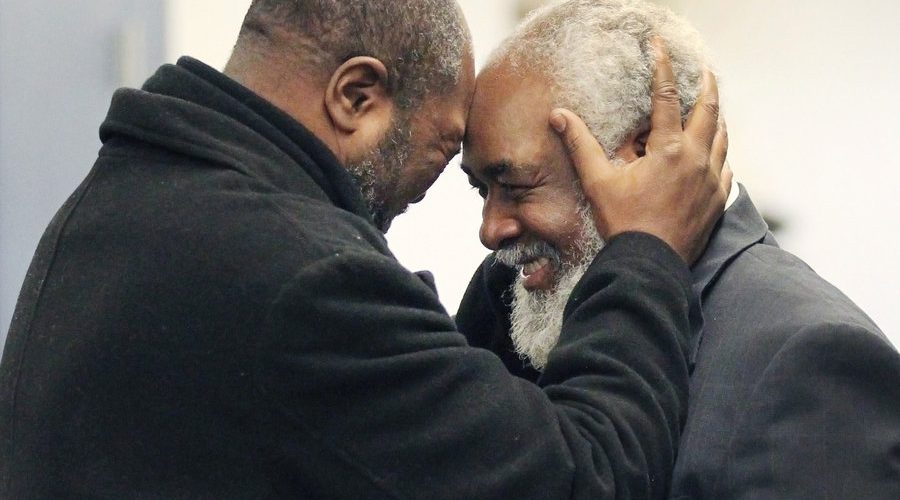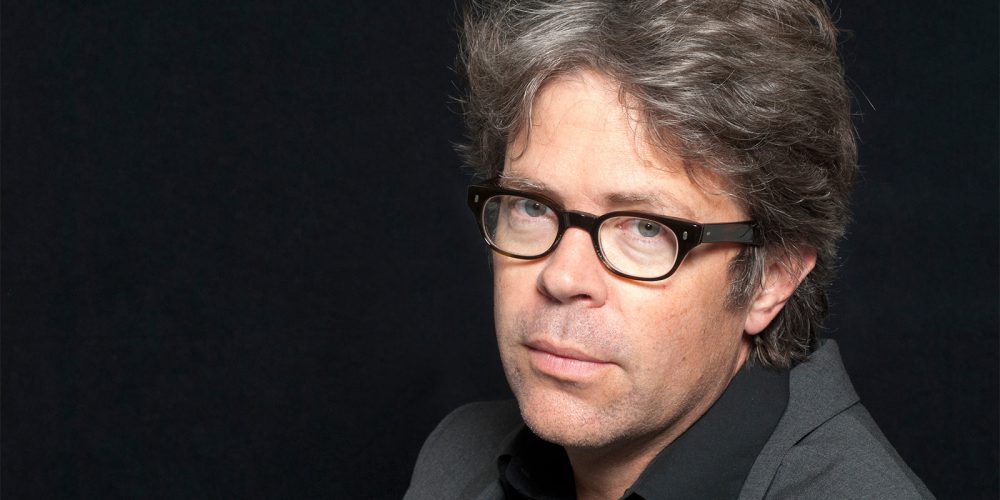“Uneasy Peace”: Violent crime is down in America’s big cities

Patrick Sharkey, chair of New York University’s sociology department and scientific director of Crime Lab New York speaks on crime decline in big cities of US. Sharkey’s new book is “Uneasy Peace: The Great Crime Decline, the Renewal of City Life, and the Next War on Violence”.
Crime doesn’t seem toreally so much declinein US,if you watch crime dramas like CSI, NCIS or Chicago P.D.
Sharkey: Well, TV serials cannot serve a reliable source of information. But according to official police information,crime – homicide, assault -have decreased in big cities since the 1970s. Even Chicago had a 16 percent decline in murders last year, to 650. (In 1974, the city had 970 homicides.)
What caused this change?
Sharkey: In part, it may be put downto what happened in the 1990s. The entire country, really kind of for the first time in a while, saw violence as a national crisis and mobilized to deal with it.
How did the country mobilize,in your view,to reduce crime in those years?
Sharkey: In fact, that took many forms. It took the form of more police on the street and more aggressive policing, more aggressive prosecution, shutting down open-air drug markets.
But another piece of this that I kind of draw attention to in the book is there was also a mobilization in the communities hit hardest. Residents organized and really started to fight against violence, started to fight to take back public parks, playgrounds, public streets. And I think all of these things together explain why violence started to fall.
What is your attitude to increased policing and tougher sentences?
Sharkey:I’m sure, those did have an effect. If we’re having an honest conversation, then those factors are part of the conversation.
They also brought great costs as well. So we have millions of Americans who are under the surveillance of the criminal justice system. We’ve all seen the instances of aggressive policing. So these are part of the reason why crime fell, as we believe. But they’ve also brought some of the worst costs of the crime decline as well.
You say there is a connection between reduced crime and gentrification.
Sharkey: You see, we’ve looked at how the crime drop has affected changes in the population of low-income neighborhoods.And what we’ve found is that as violence declines, new populations enter into very poor neighborhoods. It’s a drop in the degree which the poor are kind of isolated, separated, from the rest of the city. Now, nationally we’ve found no evidence that this leads to displacement of the poor. What it means is that residents with more education and higher income are moving into neighborhoods where poverty was concentrated. … The poor are not pushed out to a large extent. That’s one of the findings that we have.
To what cities can this be referredmostly?
Sharkey: To New York and San Francisco, first of all.There are very visible examples of it, so I certainly don’t want to dismiss it. … So in those cities, it’s crucial that we have policies in place that preserve affordable housing and make sure people are not displaced, not just physically, but also culturally, politically.
In the book you also speak of the ripple effects of a lower crime rate.
Sharkey: Yes, they are important as well. Beyond the lives that have been preserved, we have found gains in things like economic mobility. So in places that have become safer, we found a causal effect on the chance that children from low-income families will move upward out of poverty as they reach adulthood.
Does the decline of crime have any impact on the racial problem?
Sharkey: Certainly, did. We’ve found impacts on academic performance; so in the places that have become safest, academic achievement has improved the most. And actually, racial achievement gaps have narrowed the most in the places that have become safest. And beyond all that, I think the most profound changes is just in the experience of urban poverty. So across the country, for several decades, living in poverty used to mean living with the constant threat of violence. That hasn’t gone away. There are certain cities that are still intensively violent, but it’s no longer true in most of the country.
































